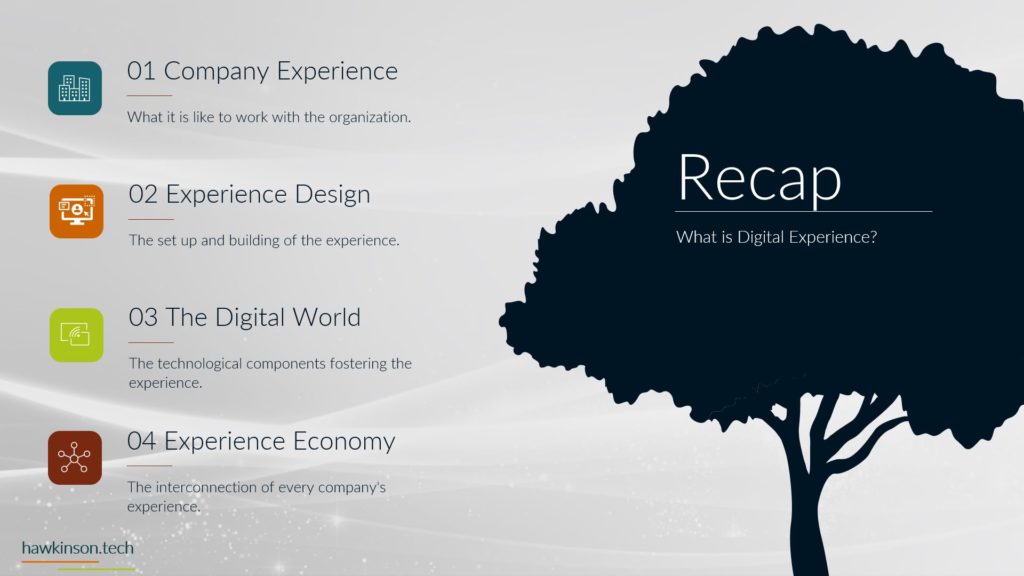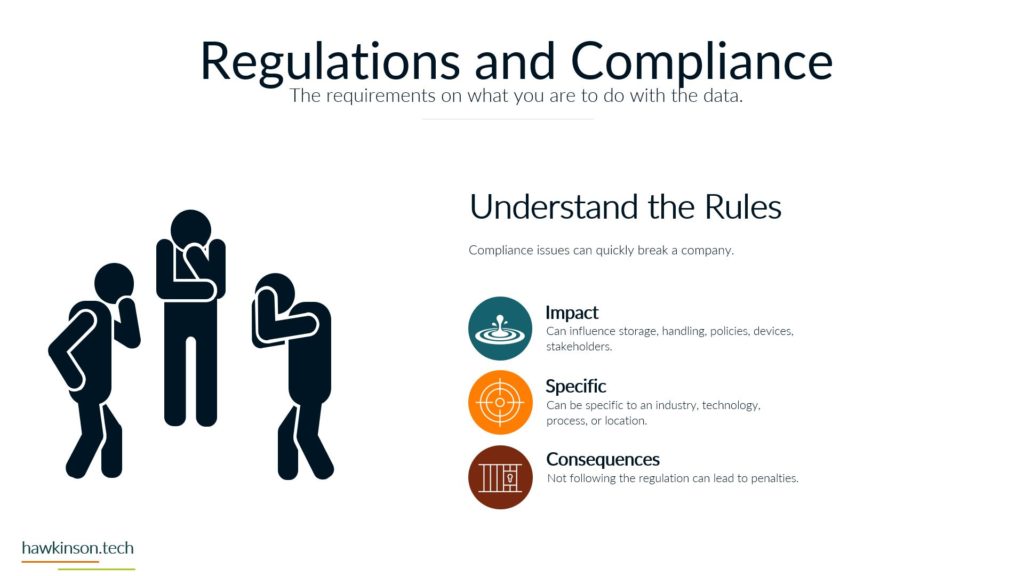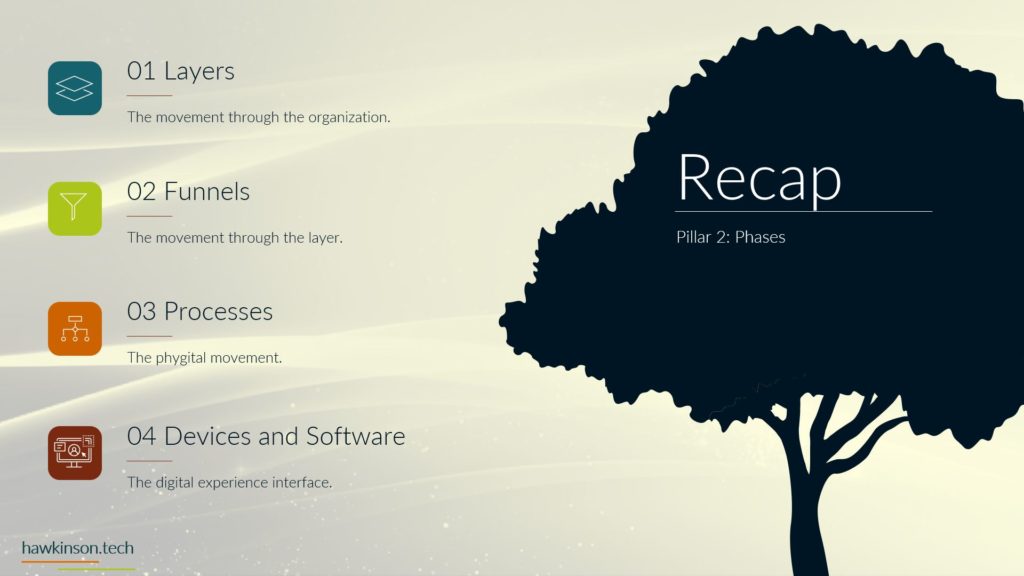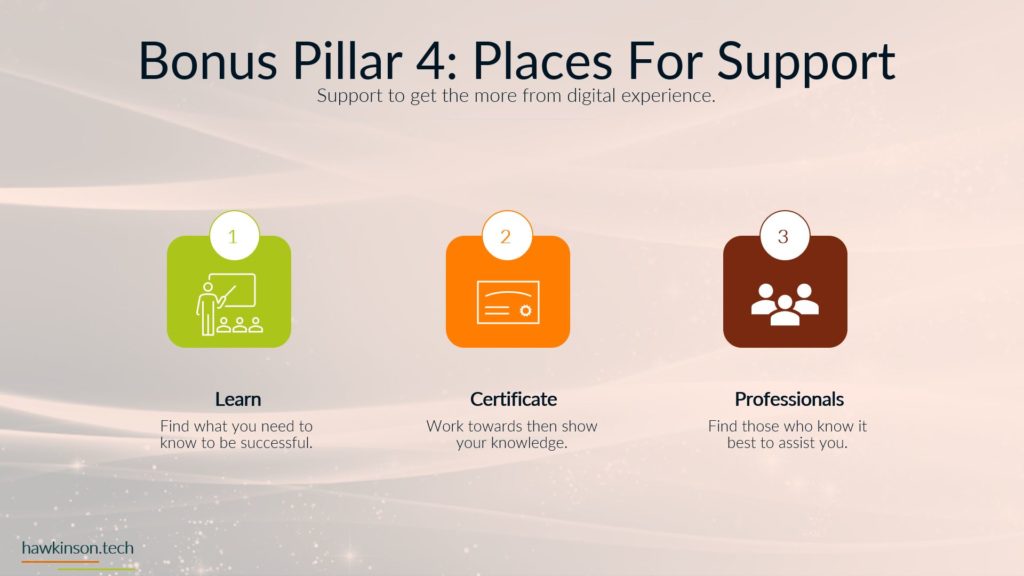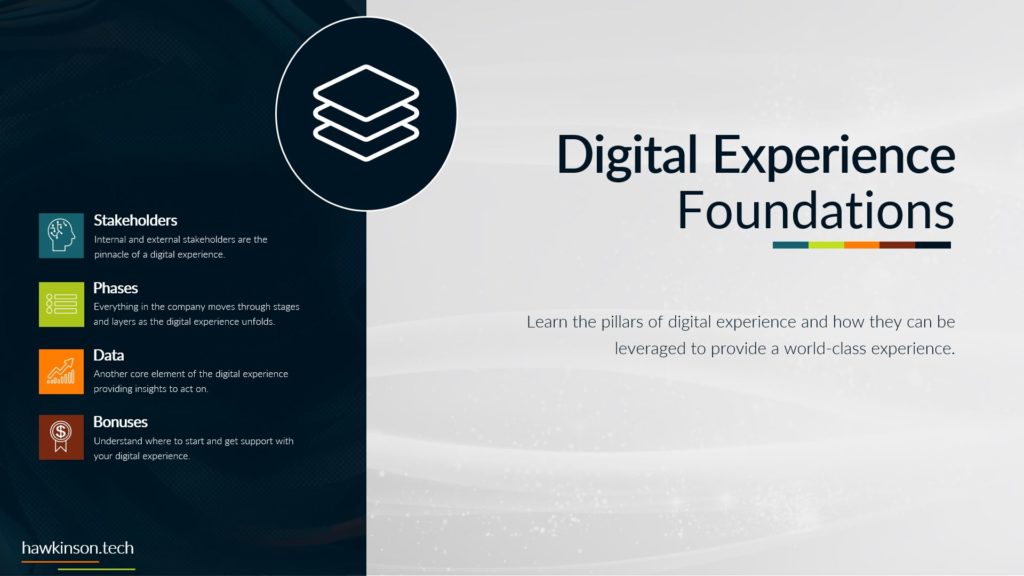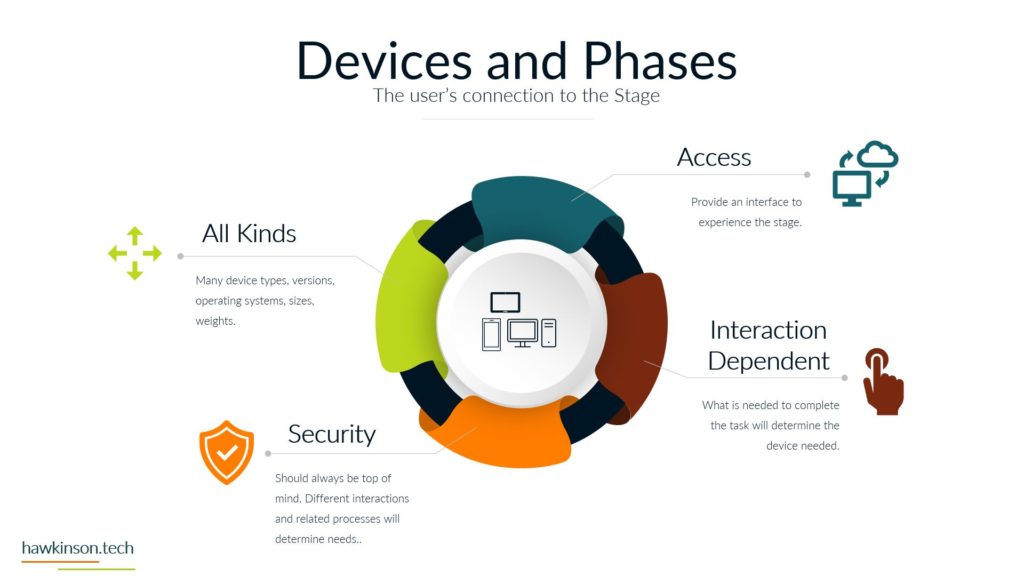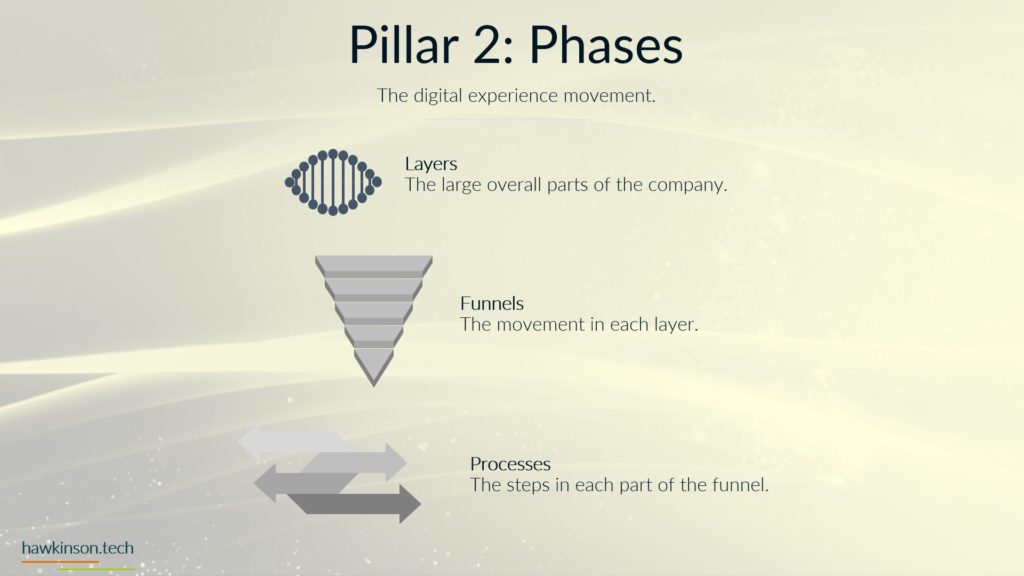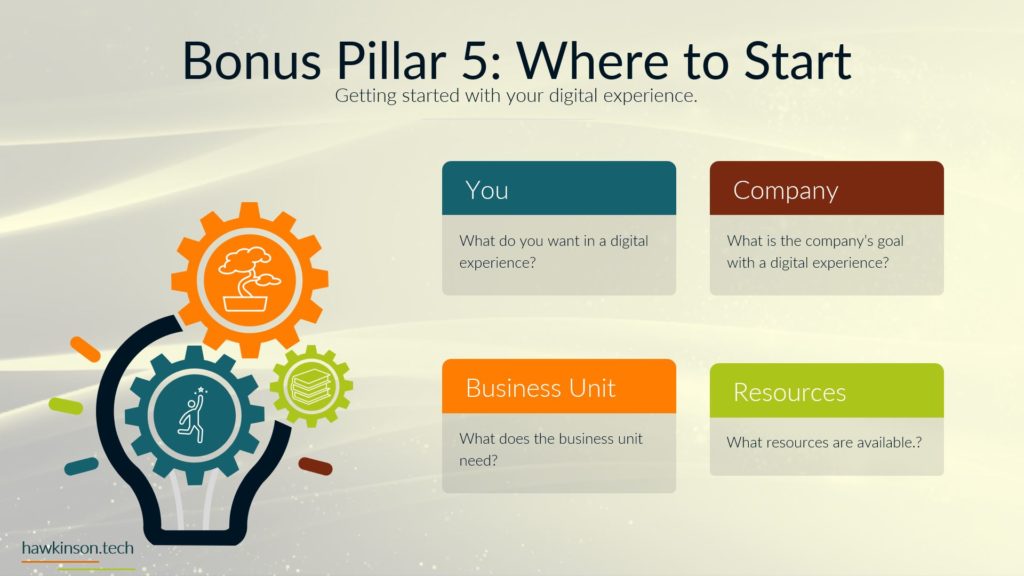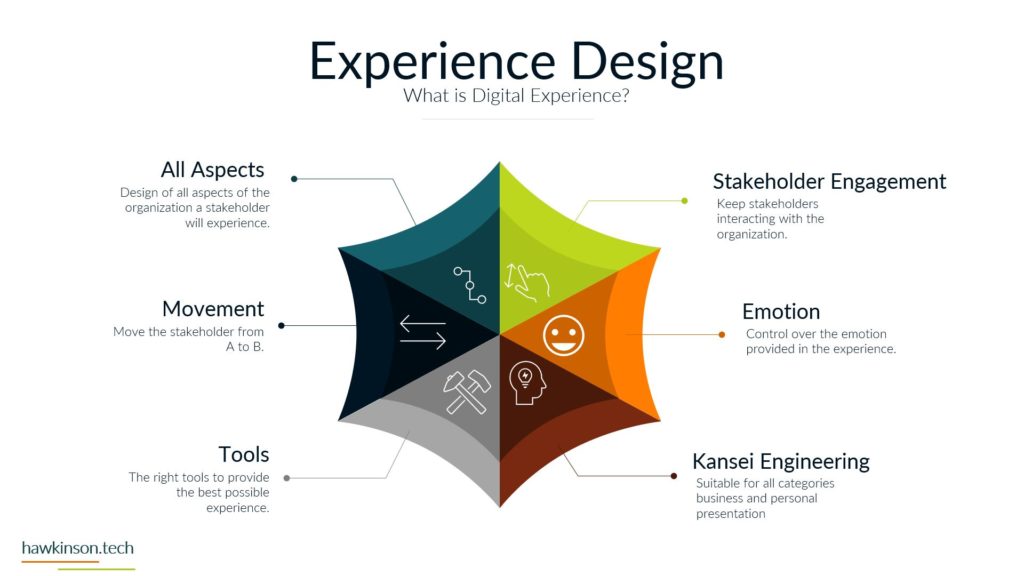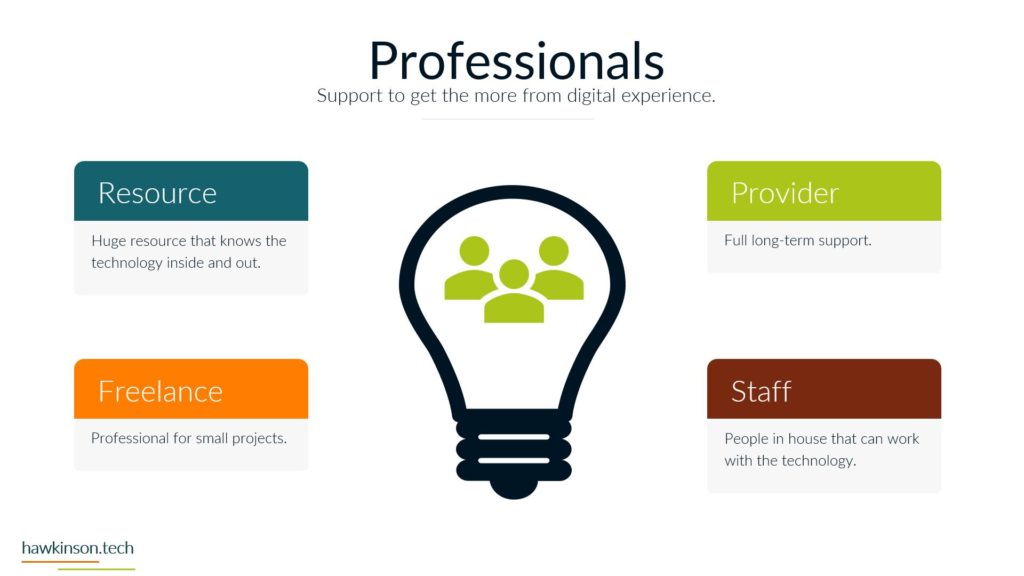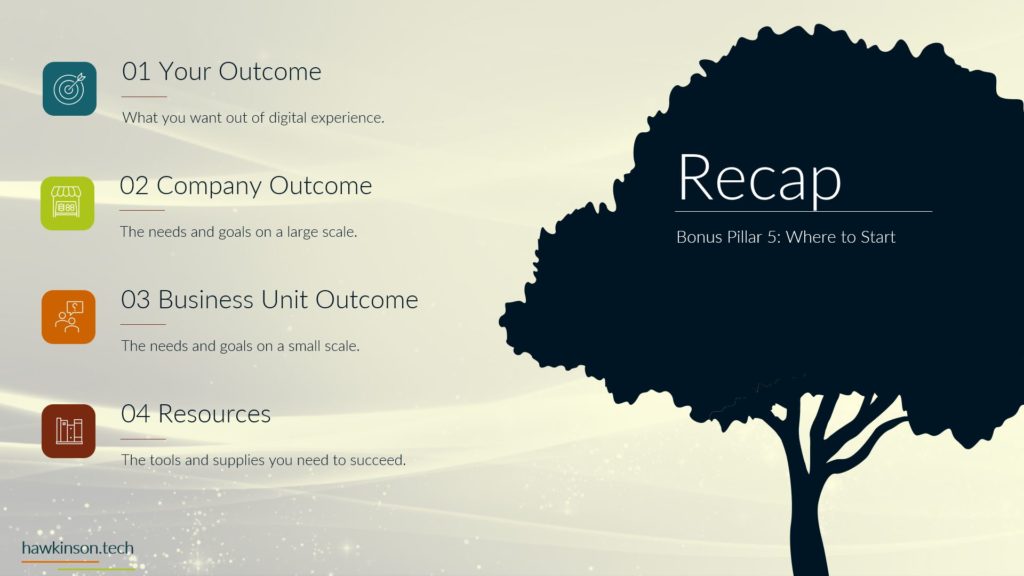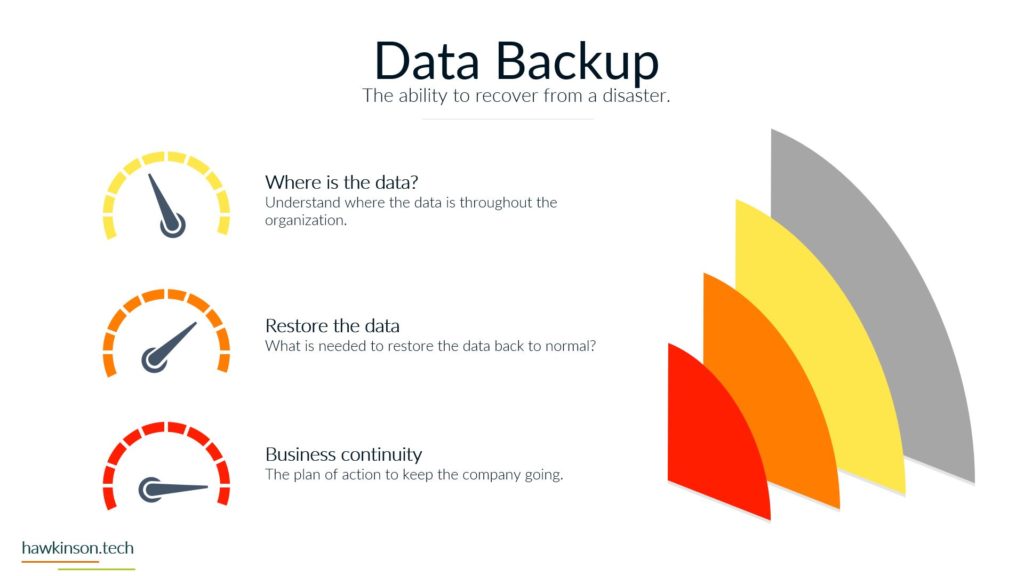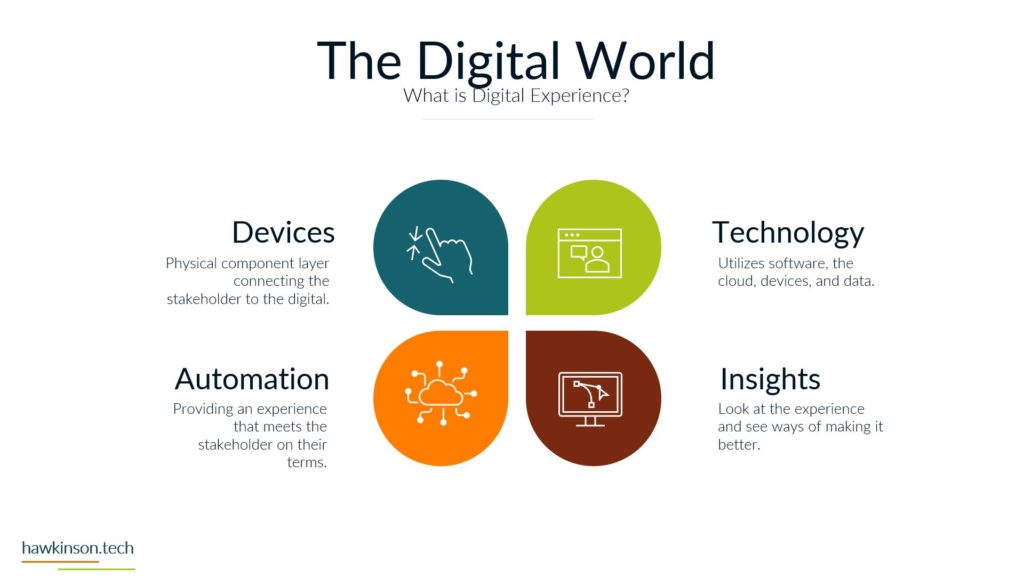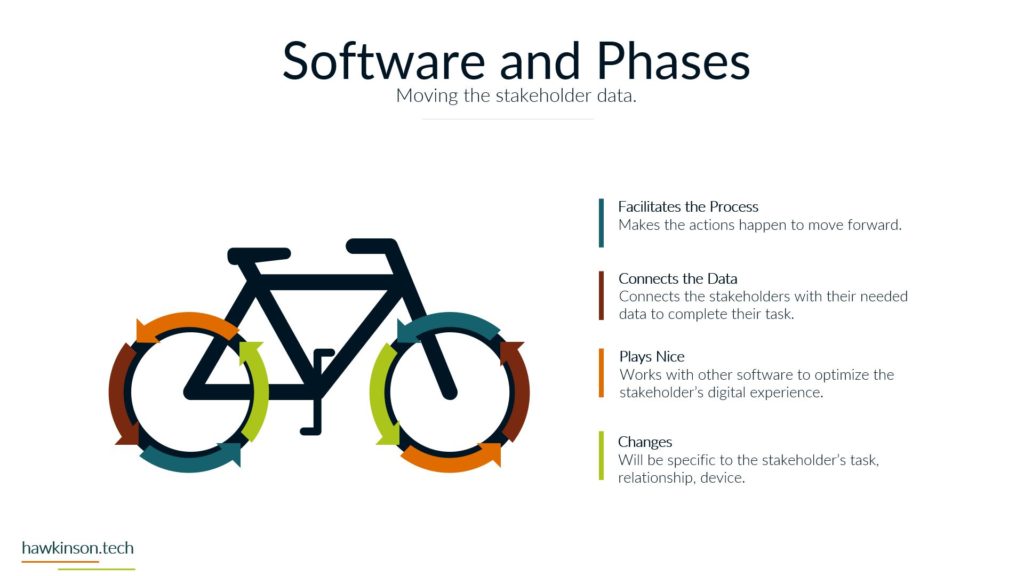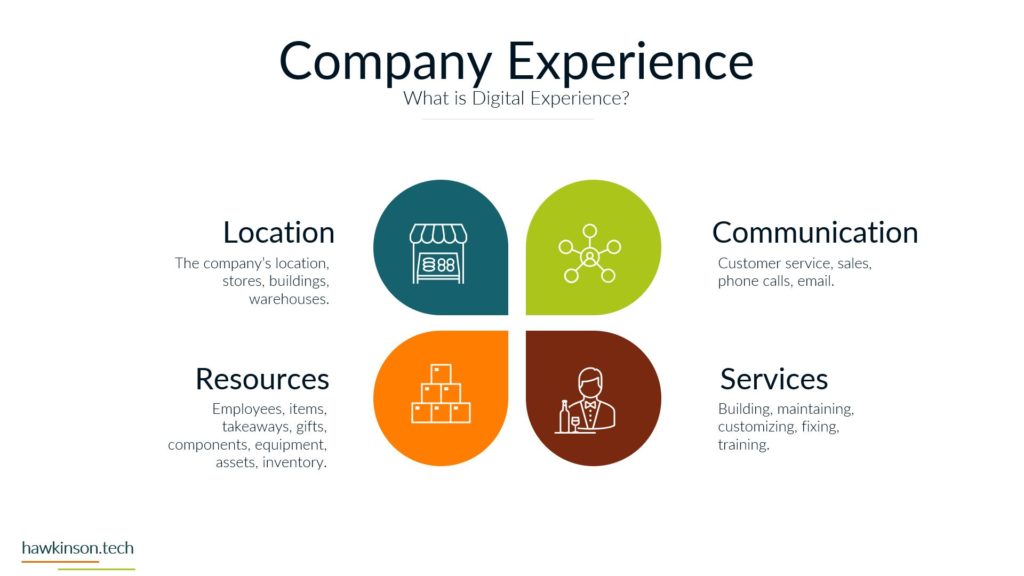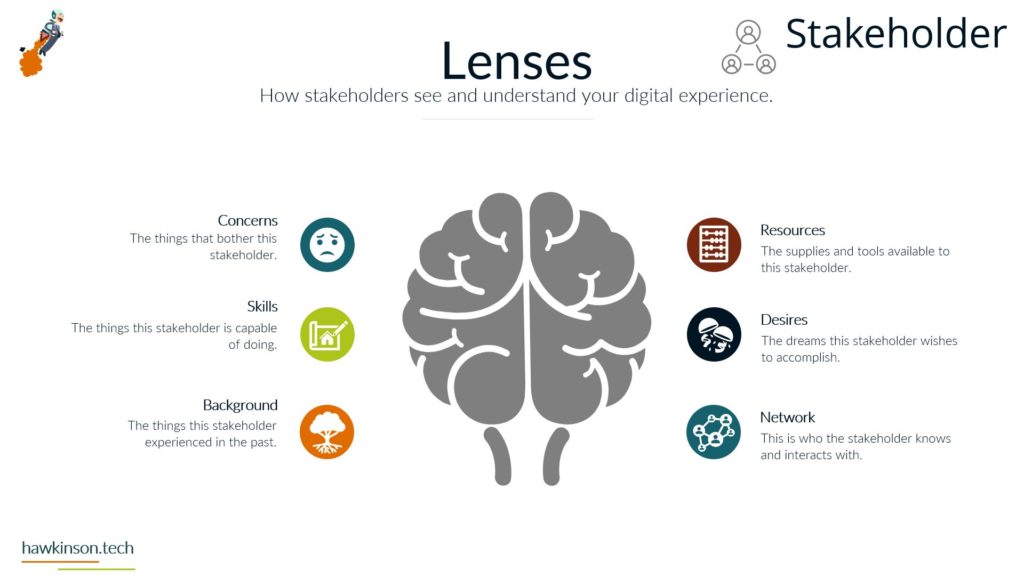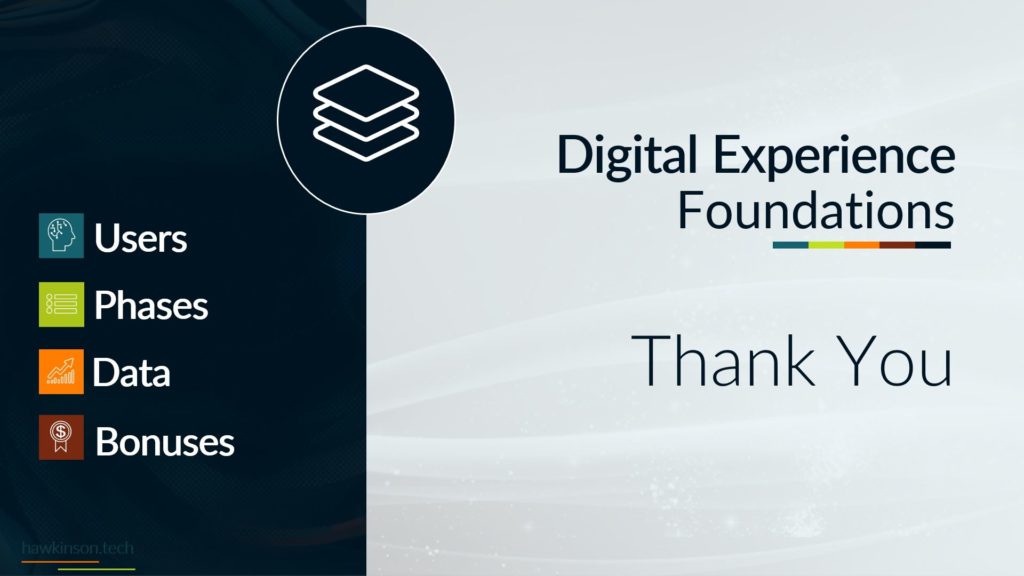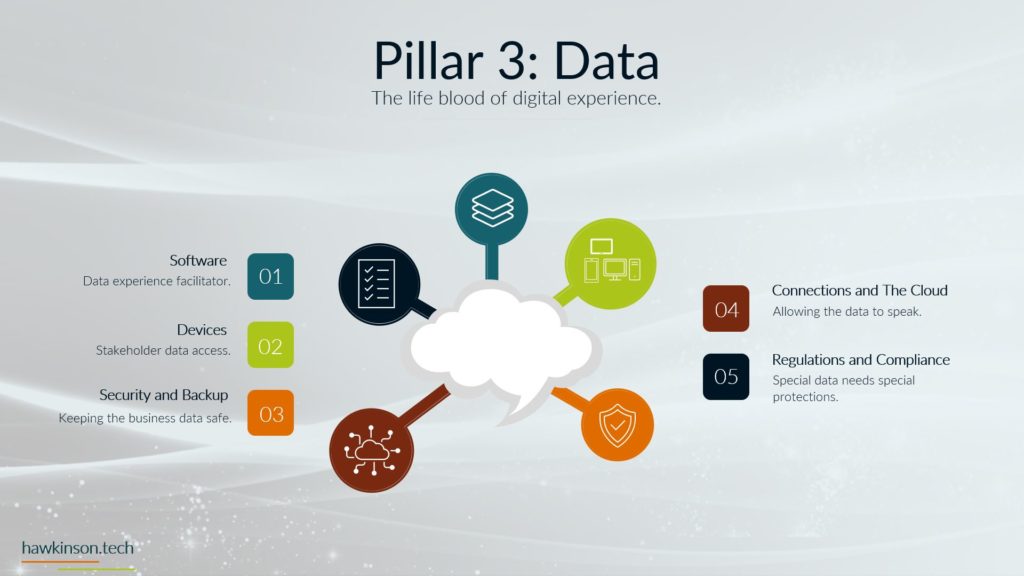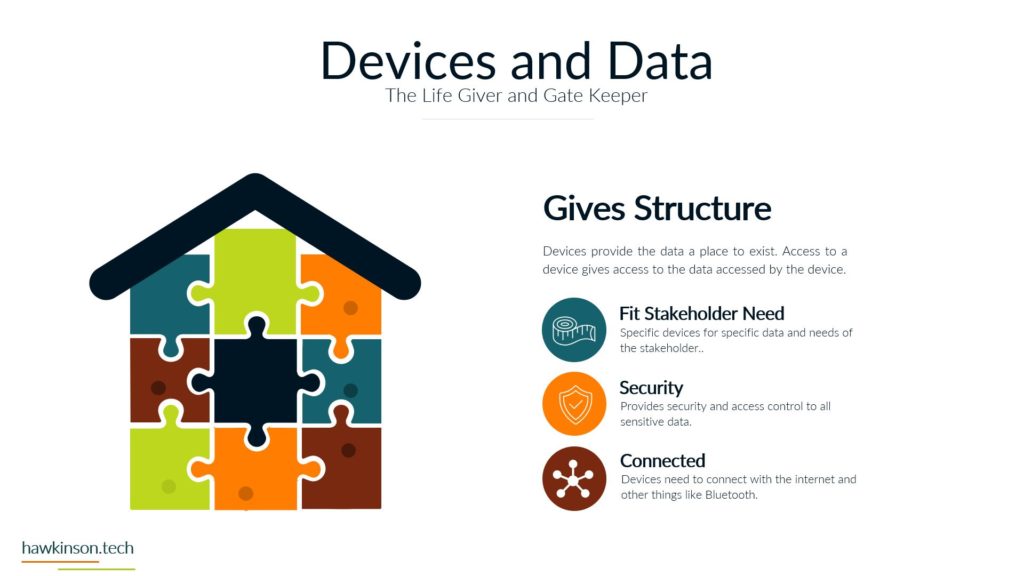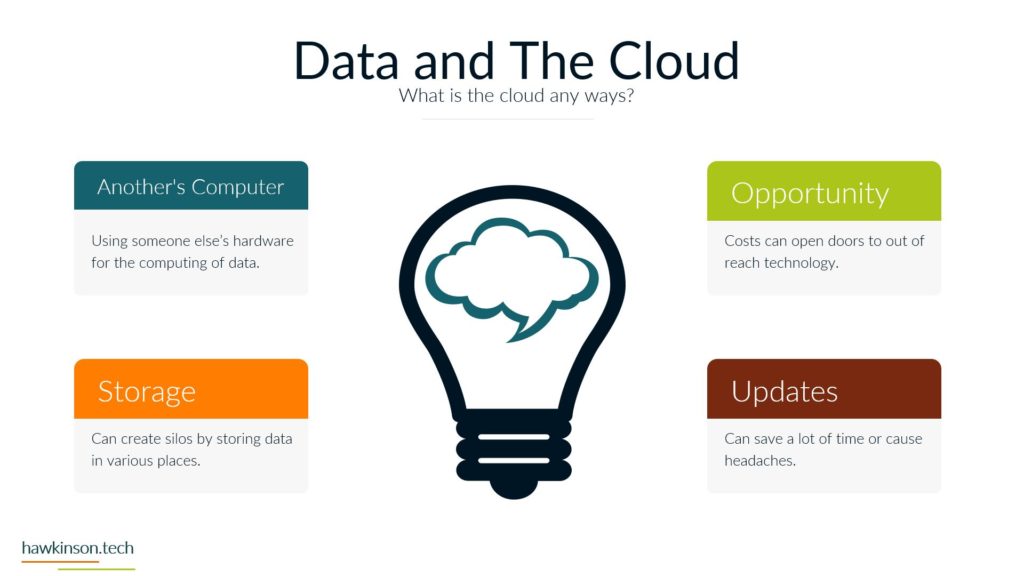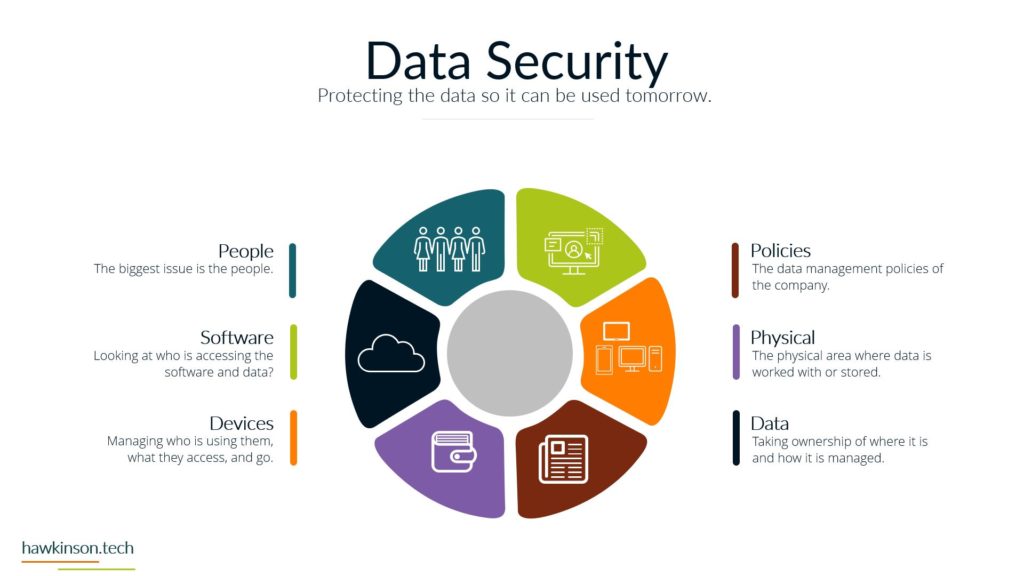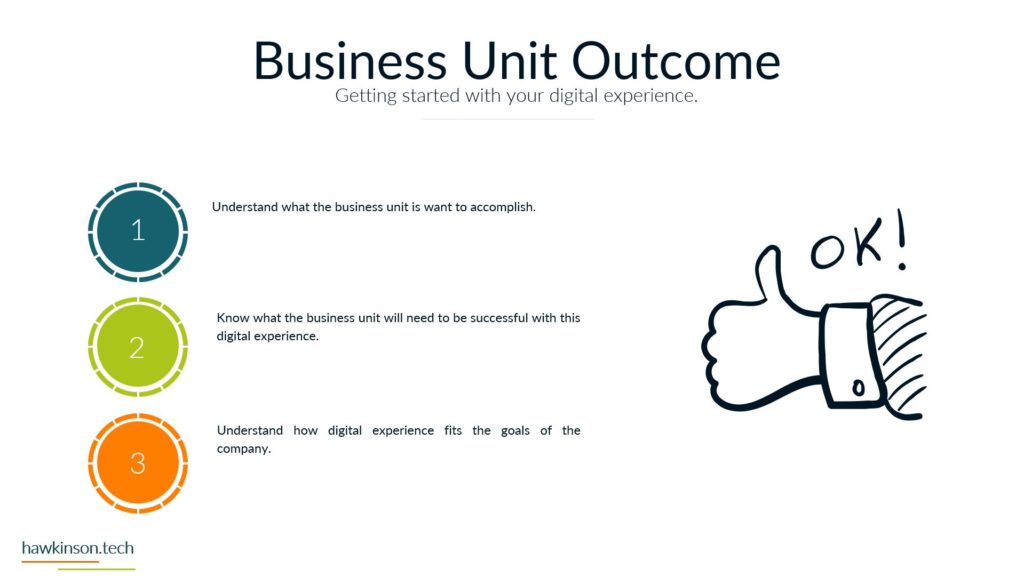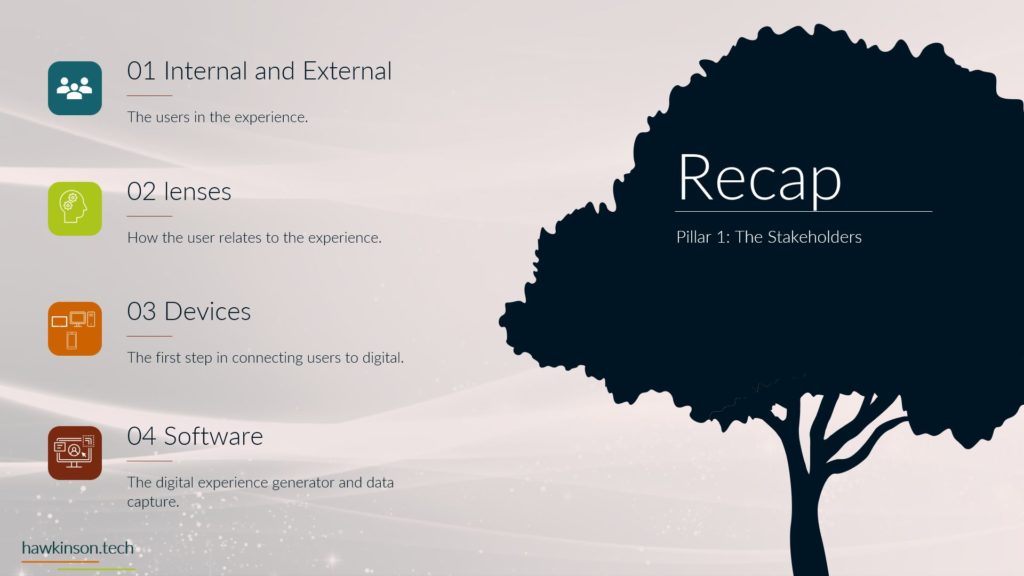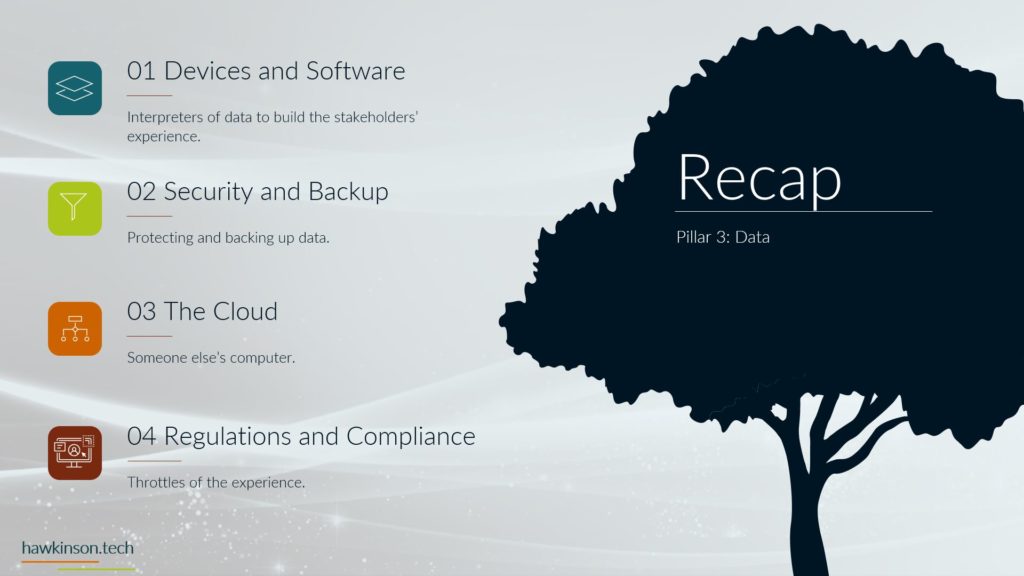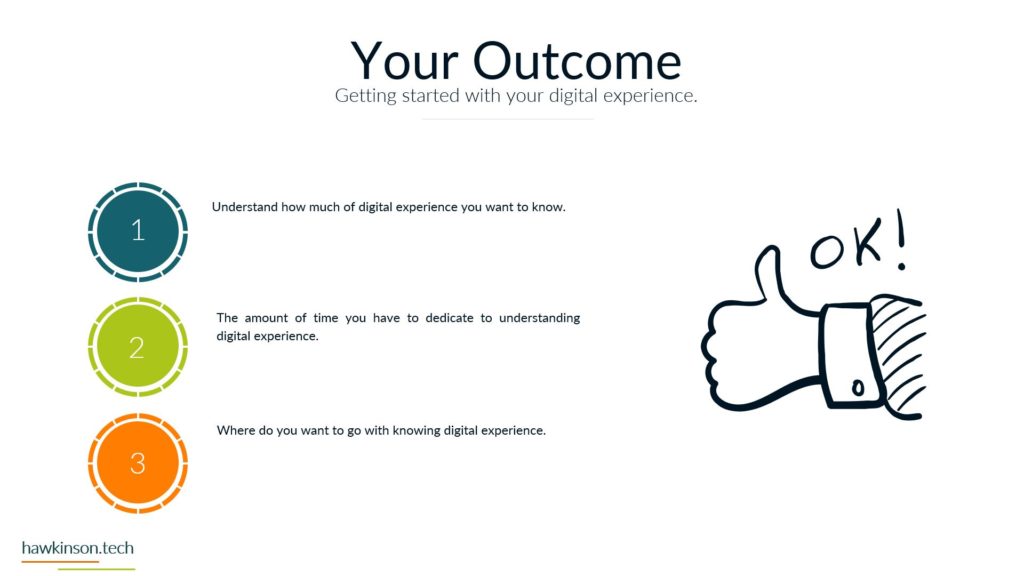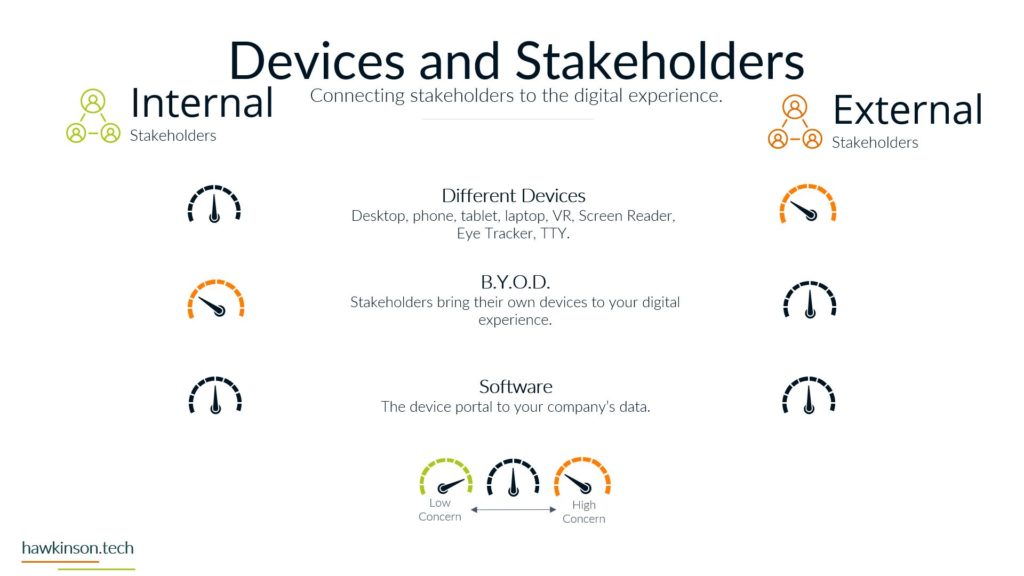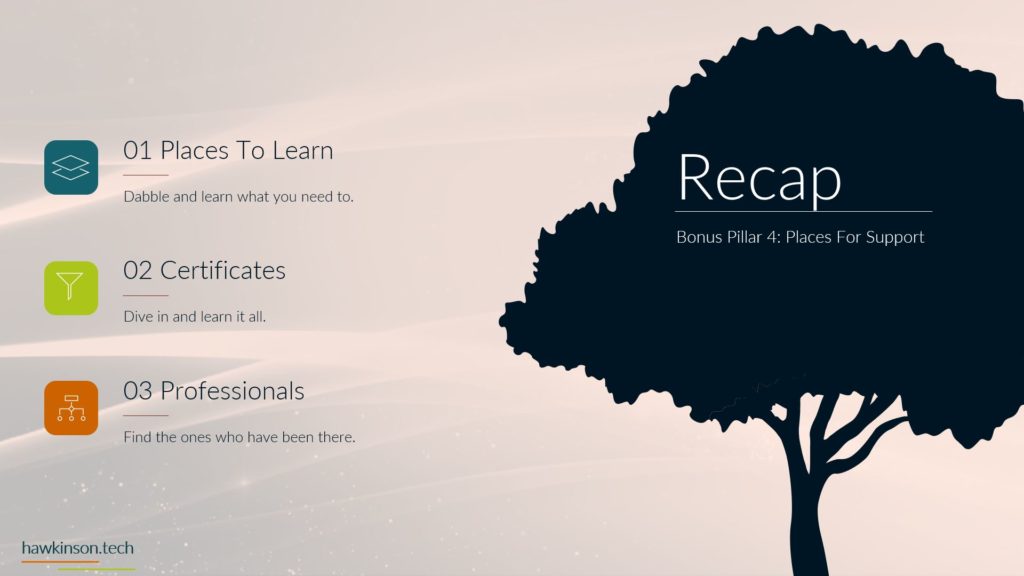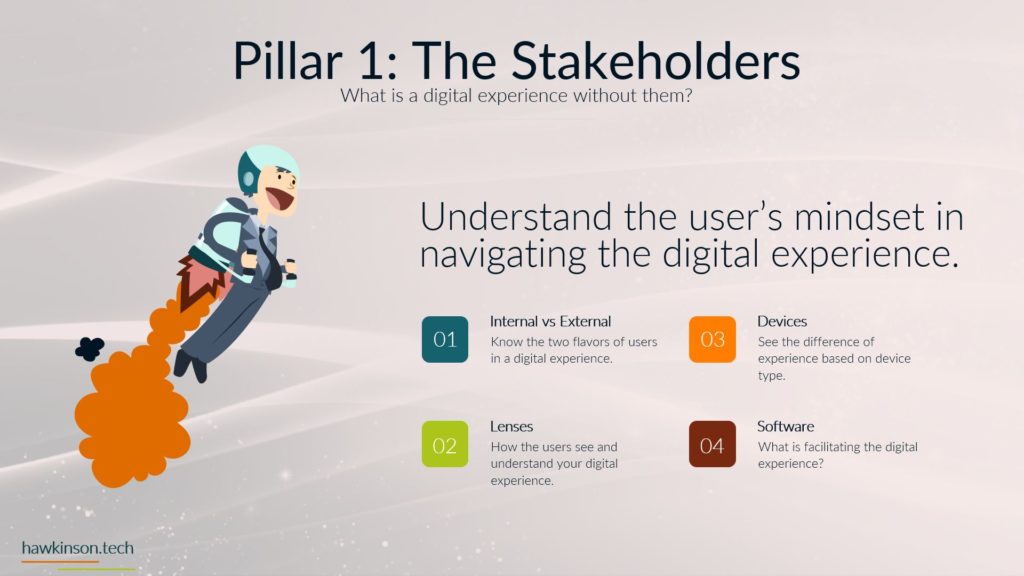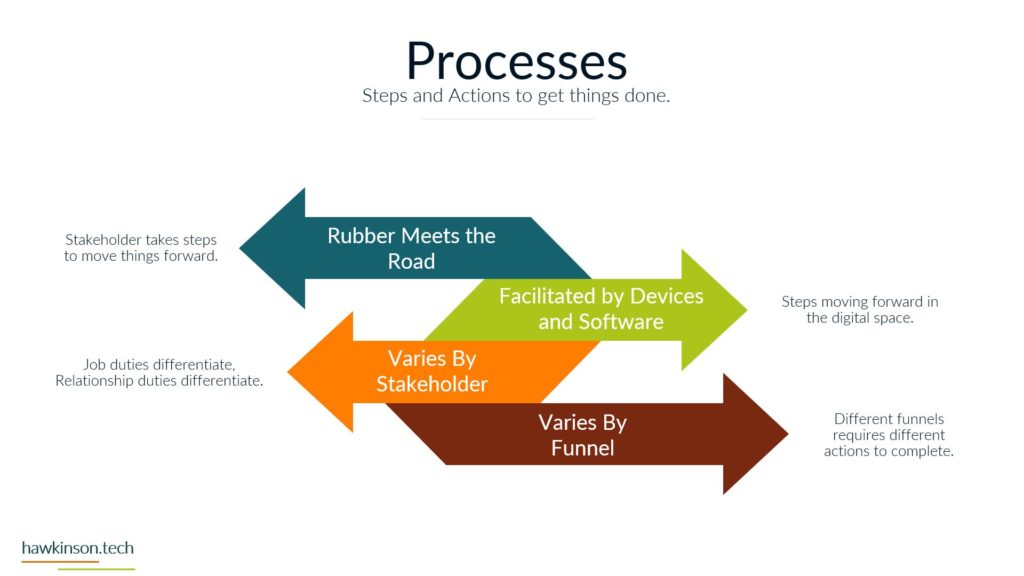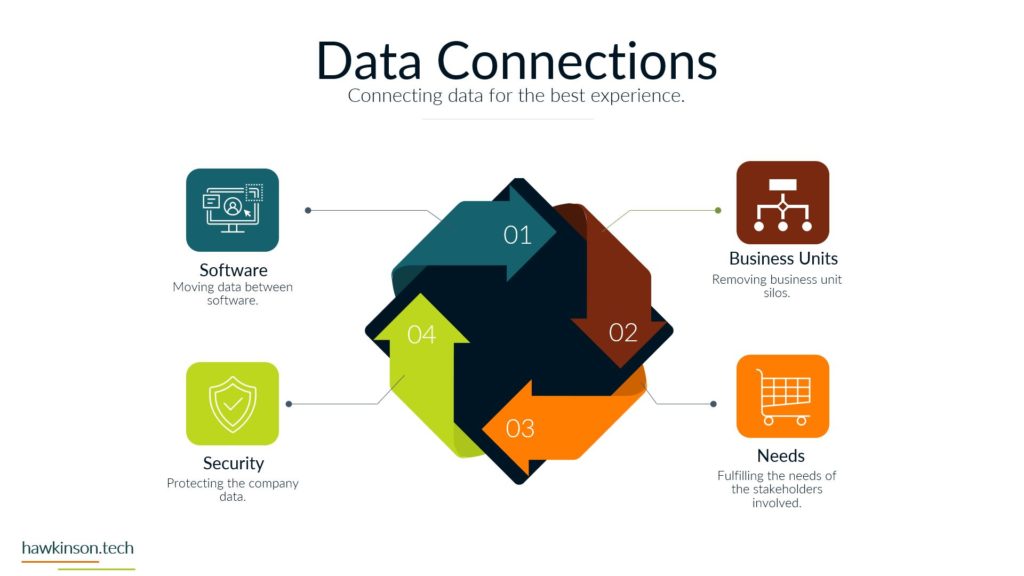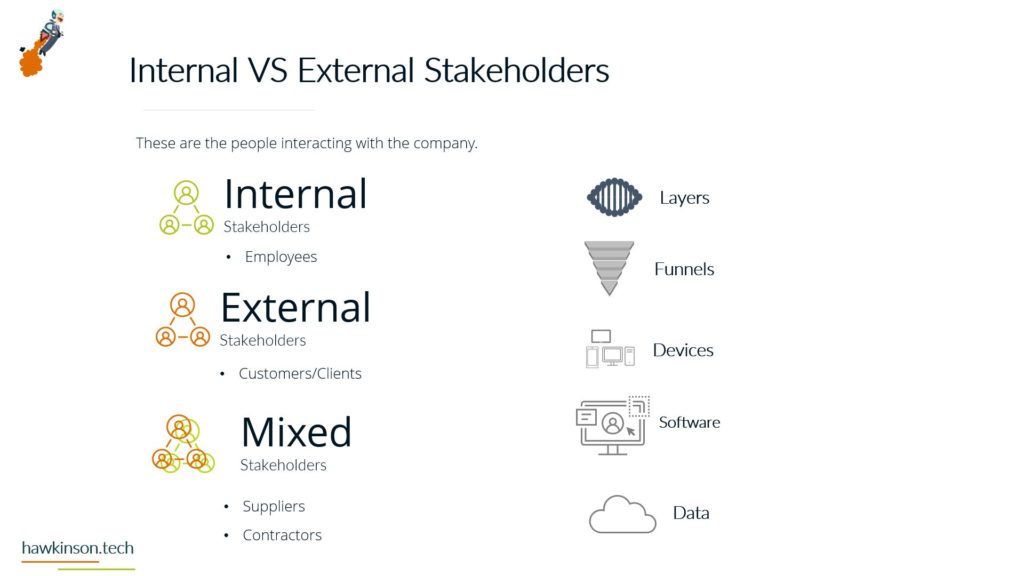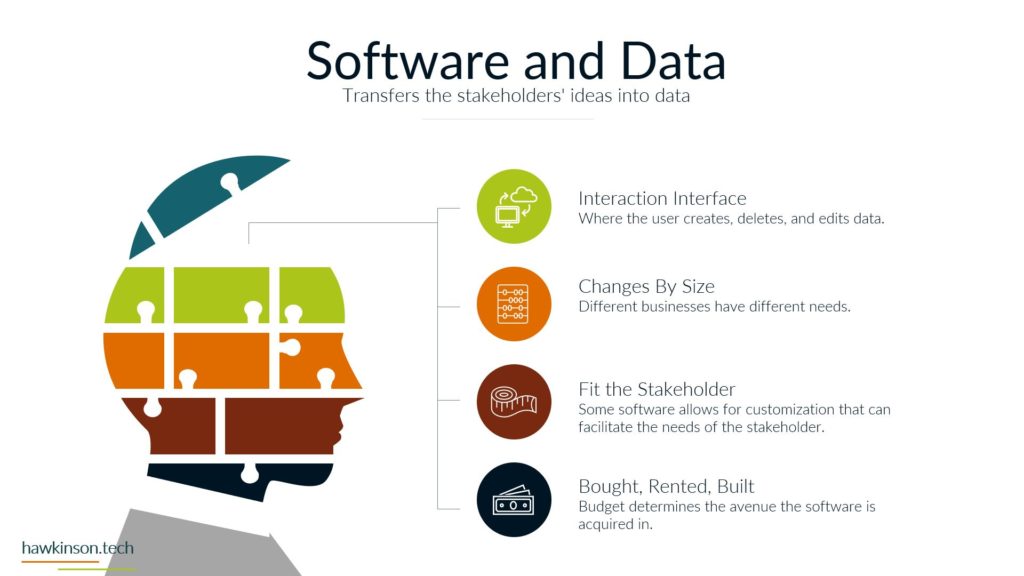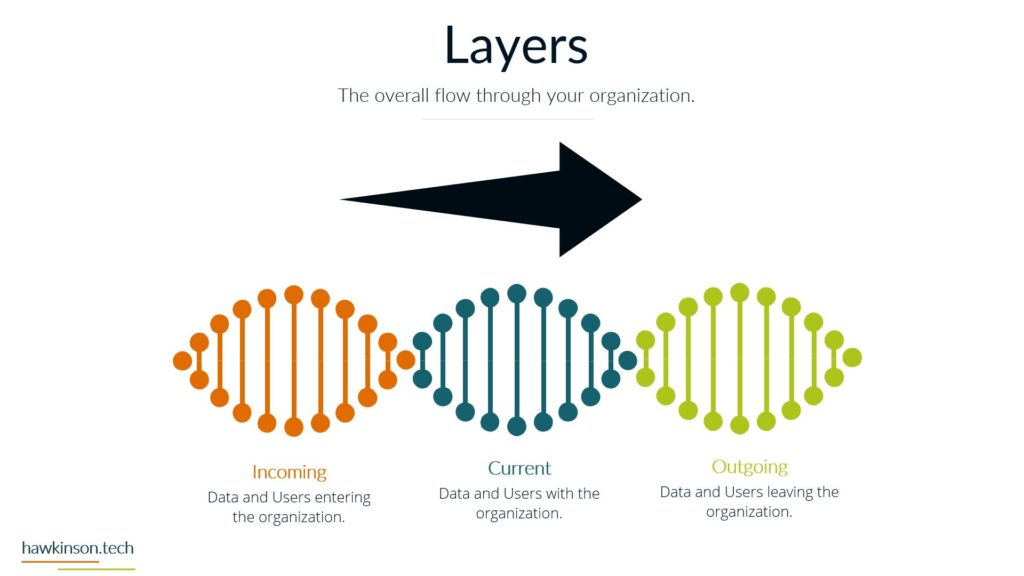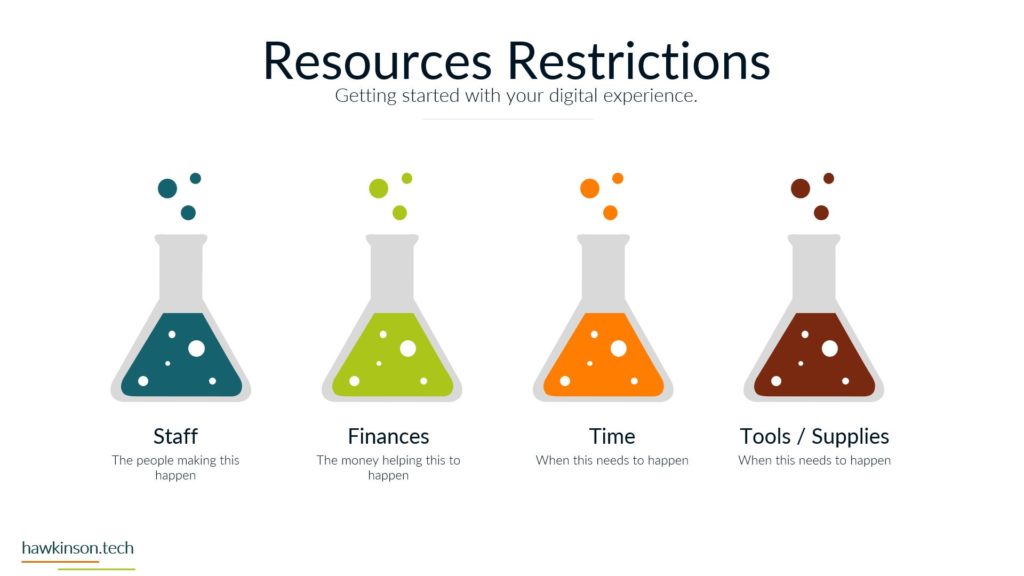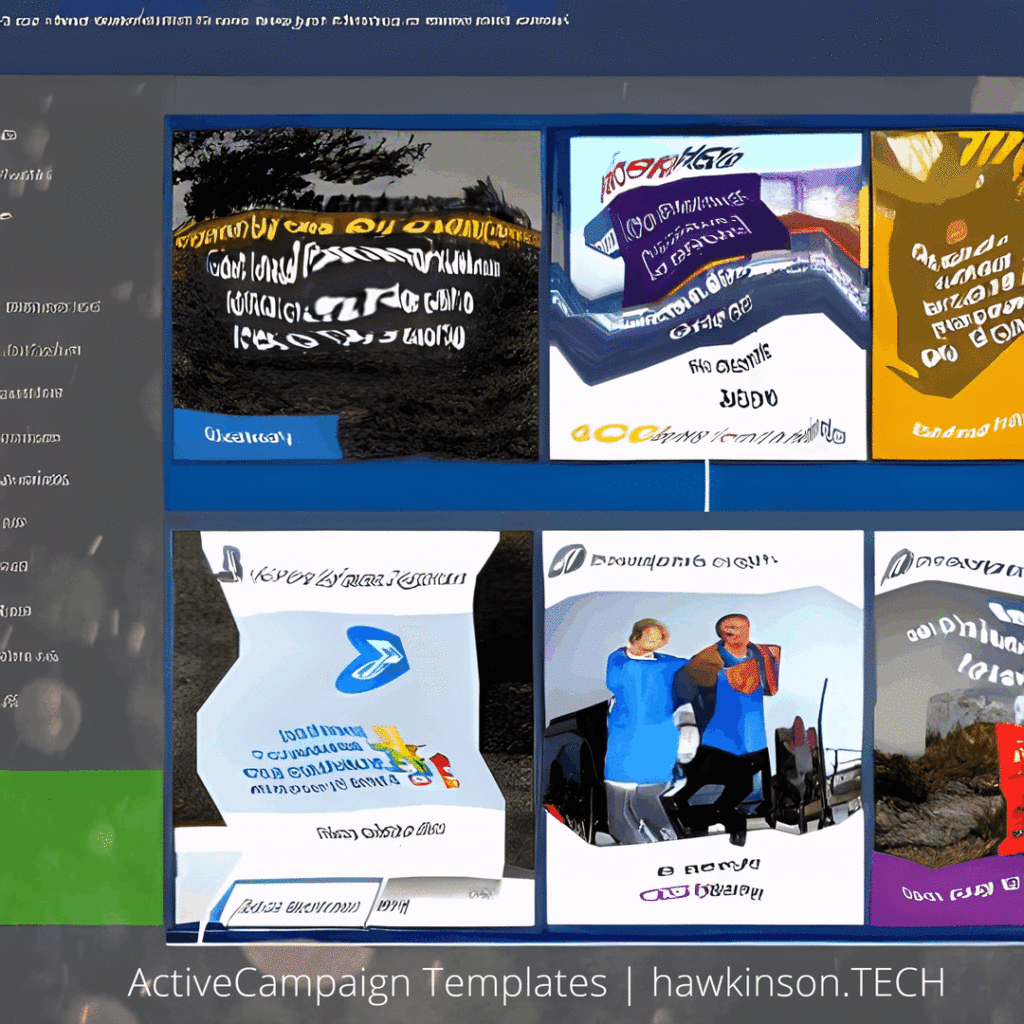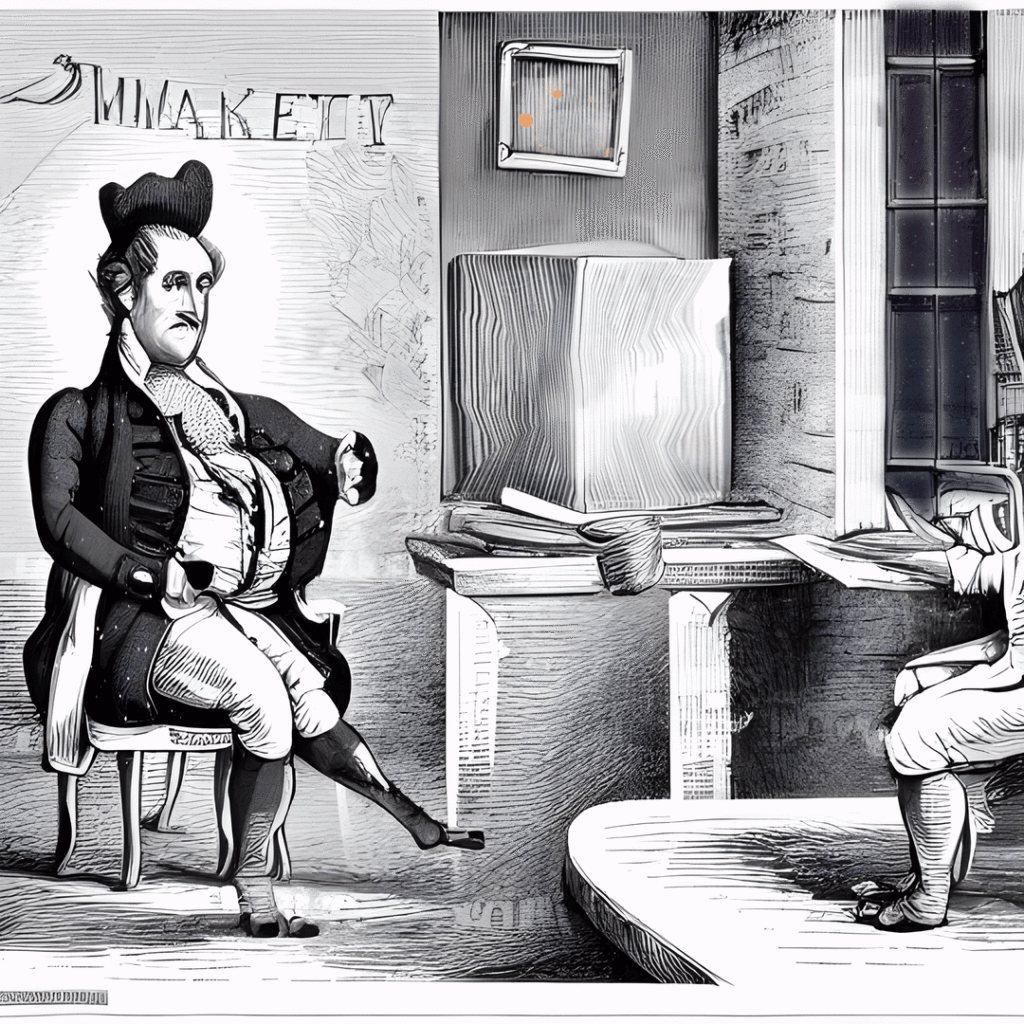Recap and Next Steps for Implementing the Third Pillar of Data
In this section, we will recap the important points discussed and share some next steps to help you fully implement the third pillar of data in your organization.
Devices and Software
We started by discussing devices and software and how they house a user interface that allows users to access data. It is important to ensure that the devices and software fit the stakeholders’ needs and our expectations in a given situation.
Security and Backup
We also discussed the importance of security and backup to protect the data and ensure that the organization can continue to operate even if there is a malicious actor or a user mistake.
The Cloud and Regulation and Compliance
The cloud was also discussed, including how it can change storage and diminish silos between business units. We also touched on regulation and compliance and how it can impact the digital experience or the company.
Next Steps
For the next steps, we suggest creating a digital experience matrix and listing all the regulations that may impact your company. The more you become familiar with and understand the regulations, the better off you will be in ensuring that your digital experience meets compliance regulations.
We also suggest creating tabs for devices and software in the digital experience matrix, listing as many as possible depending on your position in the organization. This will help you see the impact of the devices and software on the digital experience and identify areas for improvement.
Another important step is to list any connections and examine how different pieces of software are connected in your organization. This can help you identify opportunities to connect software previously unable to connect or address user complaints by streamlining tasks through software connection.
Finally, reflect on your digital experience matrix and consider the questions provided to gain deeper insights into how this information applies to your organization.
Next Section: Pillar #4 and Getting Support
In the next section, we will discuss Pillar #4 and ways to get support in building out a digital experience.

